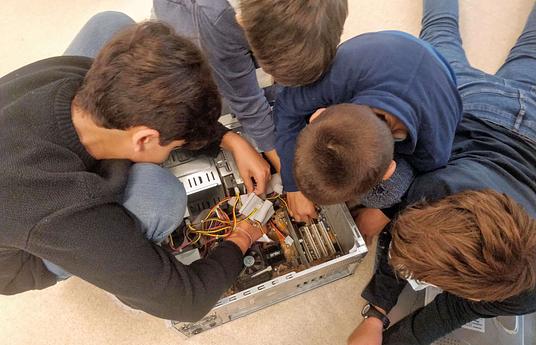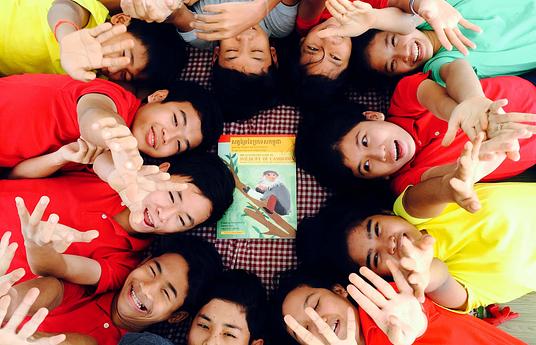The Harmony Project is an innovative approach to education that uses Nature’s principles of Harmony as guiding principles for a way of learning that can lead us to a sustainable future. These eternal, universal principles of life set the context for our learning. They remind us how the natural world works, and they provide a starting point for how we, too, can learn to live sustainably and well.
Too often, sustainability is seen as an add-on to learning, something done through a one-off environmental day or week and something that can be easily lost or forgotten with other more important, measurable demands of the curriculum to focus on.
What this approach does is to frame all learning through enquiry-based projects with each project linked directly to one of Nature’s principles of Harmony.
The inspiration for this work has come from HRH the Prince of Wales’s book Harmony. In the book, the Prince tracks the history of cultures, civilisations, religions and indigenous peoples over time and highlights how they have always understood the need to live in harmony with Nature. Then during the Industrial Revolution, we started to disconnect from this way of seeing the world, not appreciating enough how incredibly dependent we are on it for all our resources and food. This disconnected approach has led the majority of us to live in ways that don’t understand the impact of the choices we make every day, be it our food sourcing, the energy we use or the throw-away culture we have created. Indeed, it has led us to the point where human impact on the systems that sustain us now threatens the very fabric of life itself.
So, we need a new model for education that can inspire a much more sustainable way of living that works with Nature, rather than against it.



